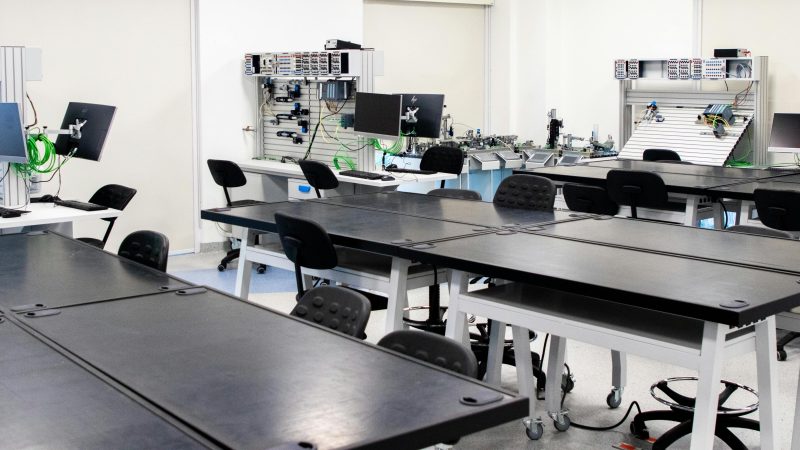Telecommunications networks have proven to be the backbone of our societies and economies during the Covid-19 health emergency and will continue to be so in the years to come. We are at a tipping point, where new networks will not be a mere evolution of the existing, but a revolution whose scope we cannot yet imagine.
The networks of the future will be open architecture, virtualized, programmable, flexible, automatable and customizable in response to the needs of the digital society.
Networks will be open because they will allow equipment from different suppliers to work practically plug & play. Equipment will no longer be specialised but generic, thus allowing the incorporation of new suppliers, multiplying supply and competition.

Networks will also be virtualized because they will decouple hardware from software. This “softwarization” of the network will allow all functions to be carried out through programming, rather than based on specialised equipment, which will increase the range of usable equipment, which will also be interchangeable.
With this virtualization, we will be able to programme our networks and add new functionalities whenever we want without the need to change any physical equipment because it will be enough to load new software, without any discontinuity in the service.
Networks will be flexible, allowing us to place network functions where they are most needed at any given moment. For example, in the vicinity of a football stadium, during the weekend more processing capacity (hardware) of the base stations could be dedicated to video processing, or messaging, while during weekdays the same processing capacity could be used for Edge Computing.
Given that the intelligence of the networks of the future will be based on software and that they are also flexible, we will be able to automate them, that is, when faced with specific situations, the networks will self-configure themselves according to pre-established principles, to which we will also be able to apply Artificial Intelligence and Deep Learning techniques to optimise their use.
And with all these functionalities, we will be able to personalize them. Thus, we will be able to give each industrial sector a network adapted to their needs. Some with very low latency, others with very low power capabilities or with billions of different accesses (IoT), or with high bandwidth needs, or with the need for processing at the edge of the network.
And all this will allow a new wave of innovation to be generated on these networks, which will not only come from a few specialised companies, but also from companies developing software. In addition, each operator will be able to design the capabilities that it incorporates into its network, so that the networks will no longer all be the same and we will be facing a new paradigm of competition where those who design the networks and their capabilities will be the operators themselves.
Telefónica’s commitment to the networks of the future
Telefónica is firmly committed to this type of networks and:
- The use of enabling technologies such as Open-RAN and the development of open standards, such as the O-RAN Alliance and ETSI.
- Disseminating the advantages of open technologies such as Open-RAN Policy Coalition and Telecom Infra Project, etc.
- The implementation of the necessary open networks themselves such as European Operators’ Memorandum of Understanding on Open – RAN (MoU).



